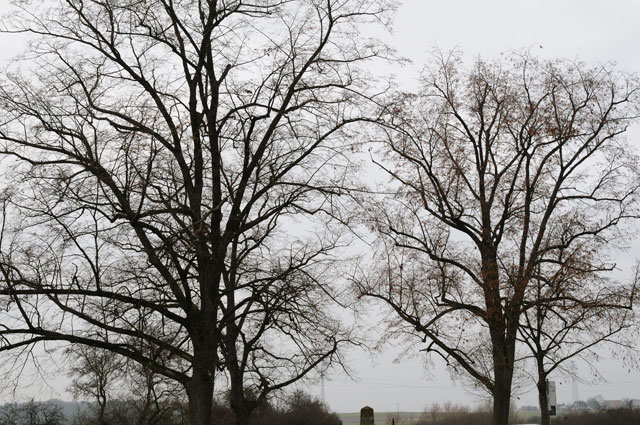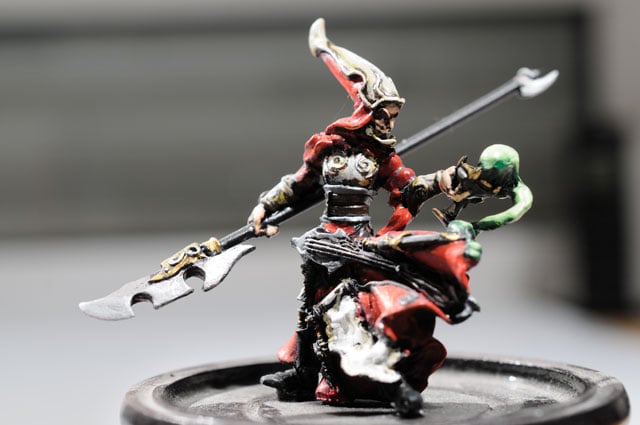Nikon DX Micro 40mm f2.8G review
-
-
Written by Thomas
Samples
The following images were taken with the Nikon AF-S 40/2.8G. Each image was recorded in RAW and converted with Capture NX 2 at standard settings. Some images have White Balance set to a standard daylight value to make them comparable. No extra sharpening, tone, color or saturation adjustment was used.
The first shots show the performance near infinity on a D300. This is important for all landscape shooters. The three 100%-crops are taken from the middle of the f2.8, f4.0, and f5.6 version of each image while the main image shows the shot at f8.0. You can click on each image to access the large original. These files are for personal evaluation only and cannot be used in another publication or website without permission.
| Trees: infinity shot with Nikon Micro-Nikkor 40/2.8G on a D300 | ||||
| f8.0, 200 ISO | ||||
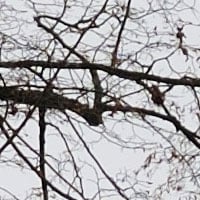 |  | 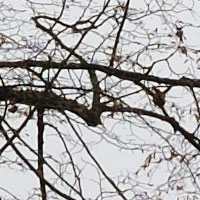 | ||
f2.8, 200 ISO | f4.0, 200 ISO | f5.6, 200 ISO | ||
The next row shows 100%-crops from the right border.
| Trees: border performance with Nikon Micro-Nikkor 40/2.8G on a D300 | ||||
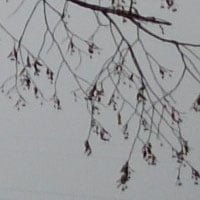 | 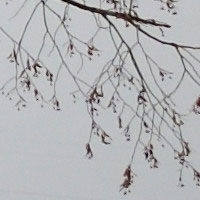 | 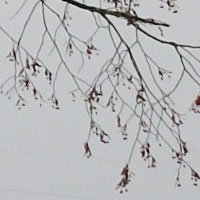 | ||
f2.8, 200 ISO | f4.0, 200 ISO | f5.6, 200 ISO | ||
These images are proof that the lens delivers very good performance with sharp and contrasty images center and border even at f2.8. Stopping down to f4.0 results in excellent performance and also reduces the light fall-off in the corners considerably. This lens performs better at infinity than the DX Micro-Nikkor 85mm f/3.5G VR.
Two other observations can be made from these shots: The 40mm macro-lens renders images with a bit more blue and clearly deeper shadows than either the 85/3.5 or the 105/2.8. As to the shadows you don’t need to fear that information is lost: you can easily retrieve details from the dark areas like they can be seen with the other lenses. This very high contrast even against a bright sky might be a bonus from the simple lens-construction with only seven optical groups (vs. 10 groups with the 85mm and 12 groups with the 105mm lenses) that is less prone to light scattering inside the lens.
The next shot should give you an impression of the close-up performance that this lens can deliver. Magnification is around 1:2.5 and I’ve chosen f8.0 here to get a decent depth-of-field. Clicking on the image gives you access to the large original. The three small crops below are displayed at 100%. When you compare these crops to the same shots in my Nikon 85mm macro review please allow for small focus variations. This real-life test confirms what we’ve already seen from the test-charts: This lens is a pretty good performer under close-up conditions. But one thing is pretty obvious: The isolation of the figure from the background is not as pleasing with the 40/2.8G as with its longer cousin(s), although the shots have the same magnification and use the same aperture – so depth-of-field is identical across these shots.
| Wizard: close-up shot with Nikon Micro-Nikkor 40/2.8G on a D300 | ||||
| f8.0, 200 ISO | ||||
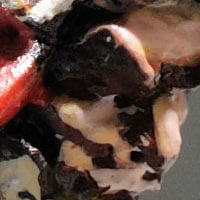 | 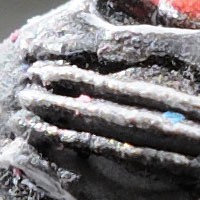 | 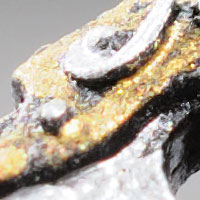 | ||
f8, 200 ISO | f8, 200 ISO | f8, 200 ISO | ||
Focus and build quality
Focus accuracy and repeatability is critical for people relying on AF. Repeatability (=accuracy of focus on the same subject after repeated focus-acquisition) is excellent with no outliers over a series of 14 shots. There are only very slight focus-variations that correlate with the direction the focus was coming from (infinity or minimum focus distance). The 40/2.8G focuses reasonably fast: around 1 sec from minimum focus distance (MFD) to infinity. Sometimes it hunts in the wrong direction (typically when close-up) first but the focus limiter switch prevents this.
The focus ring of the 2.8G turns about 170 degrees from infinity to MFD. This throw should be good enough for manual focusing (in live-view), but unfortunately there is a slight hysteresis/slack/play between the focus-ring and the focus-action, which makes accurate focus under critical conditions pretty hard. The movement of the focus-ring is also quite tight and there is some humming noise when the AF is operating. The AF-S DX Micro-Nikkor 85mm f/3.5G ED VR is clearly better in this respect. This is supporting the general impression of budget build quality that this lens conveys: plastic construction (but with a metal lens-mount), only seven rounded aperture blades, and a lens-shade that does not fit tightly. If you shake the lens there is quite some noise to be heard, which is astonishing for a non-stabilized lens.
Three things happen when you focus towards MFD: the front-end of the lens extends around 18mm (while the lens-hood doesn’t move), the effective maximum aperture shrinks to f4.2 (f3.5 at a magnification of 1:2), and the smallest aperture goes from f22 to f32. The shrinking of the effective aperture is nothing to lament about, with a non-IF design those values would be f5.6 resp. f44 at 1:1 magnification.
So all-in-all the latest AF-S DX Micro-Nikkor 40mm f/2.8G delivers a very decent performance for the money, which only leaves me to wrap things up in my Nikon 40mm macro lens verdict.
